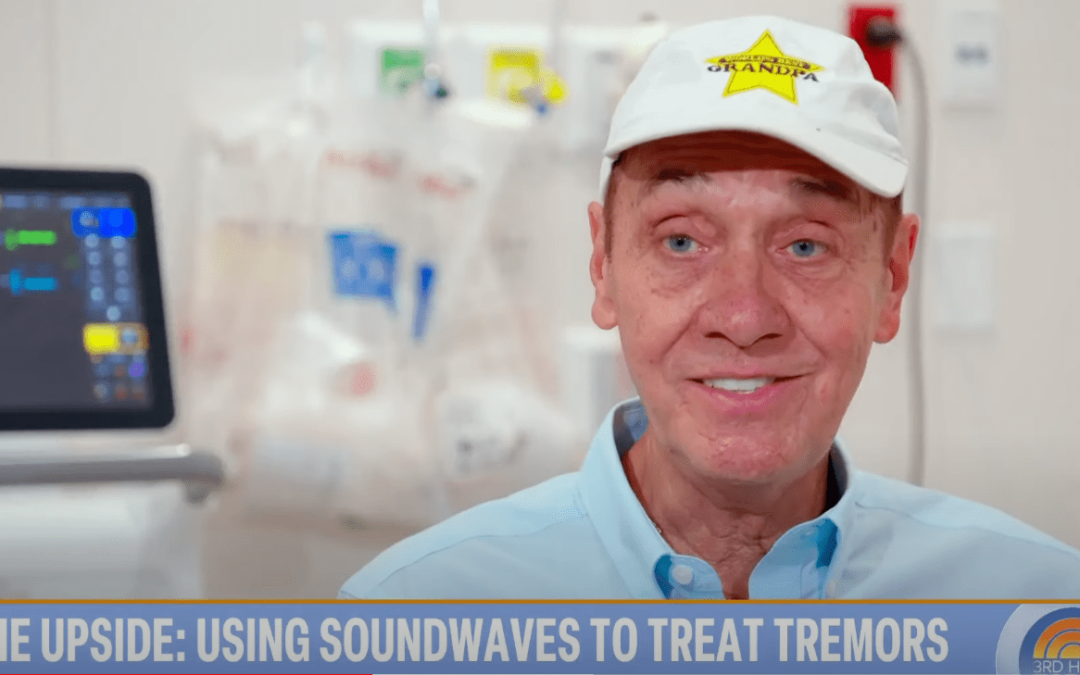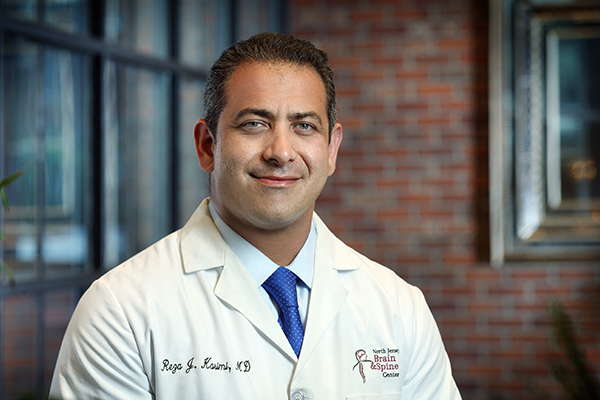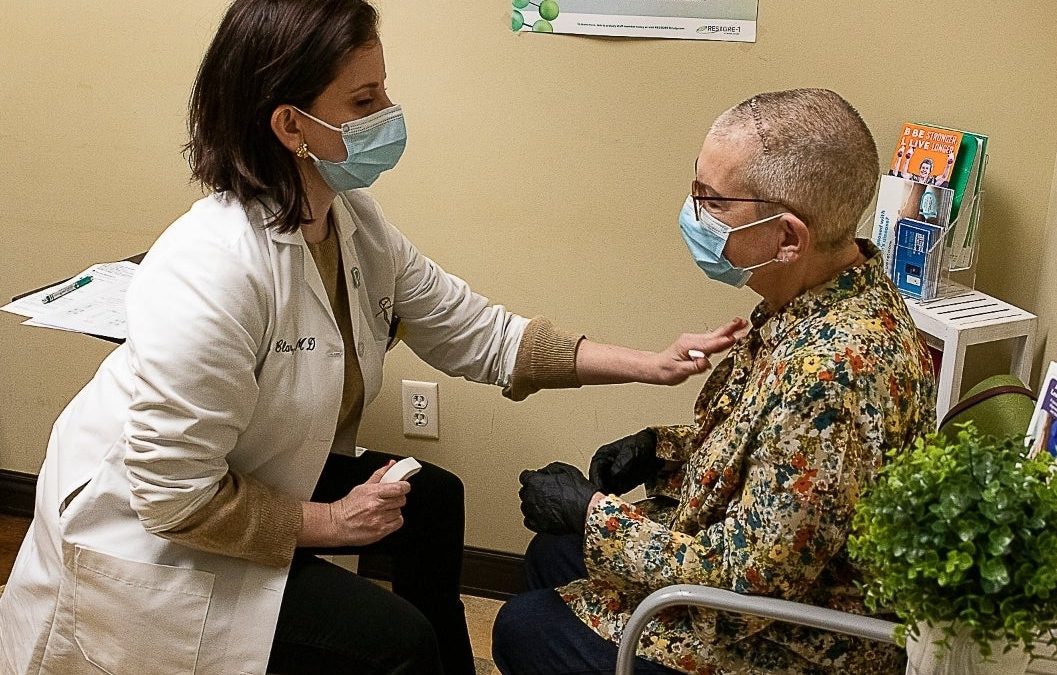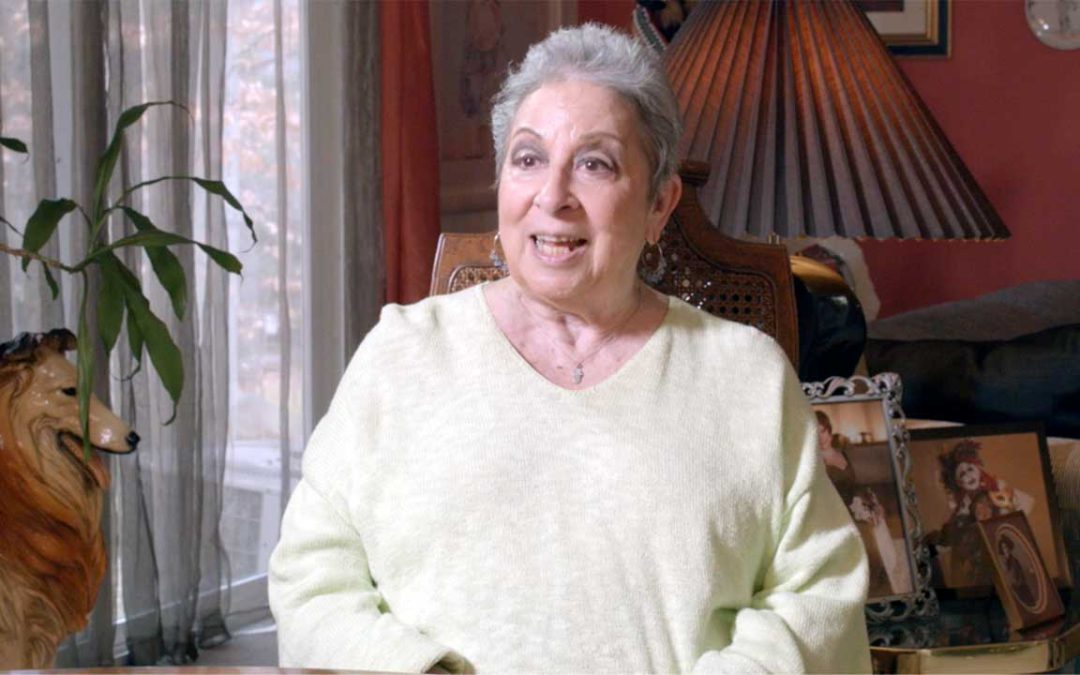What is a subarachnoid hemorrhage?
A subarachnoid hemorrhage is bleeding in the subarachnoid space, which is between the brain and the tissues covering the brain. It is a type of stroke and is a medical emergency that needs immediate treatment.
What are the symptoms of a subarachnoid hemorrhage?
The most common symptom of a subarachnoid hemorrhage is described as a very sudden, severe headache. The headache comes on quickly and is immediately very painful. Patients often describe it as the worst headache they have ever had.
Other symptoms may include the following:
- Vomiting
- Nausea
- Changes in vision
- Stiffness or pain in the neck
- Brief loss of consciousness
What are the risk factors of having a subarachnoid hemorrhage?
The risk factors for a subarachnoid hemorrhage include the following:
- Older age: Most subarachnoid hemorrhages result from an aneurysm that bursts. This is more likely to occur in people between the ages of 55 and 60. In particular, women in their 50s and 60s may have a higher risk.
- Certain health conditions: People with Ehlers-Danlos syndrome, Marfan syndrome, neurofibromatosis type 1, and polycystic kidney disease may be at increased risk.
- A first-degree relative with a brain aneurysm: People who have a parent, sibling, or child related by blood may have an increased risk.
- Other factors: Smoking, high blood pressure, alcohol misuse, drug use, such as cocaine and methamphetamine can increase risk.
What causes a subarachnoid hemorrhage?
A subarachnoid hemorrhage can be caused by the following:
- A ruptured brain aneurysm: A brain aneurysm, a bulge in a blood vessel of the brain, can burst and cause bleeding. This is the most common cause of a subarachnoid hemorrhage.
- Head injury: A head injury from a fall, auto accident, or violence may cause a subarachnoid hemorrhage.
- An arteriovenous malformation: This irregular tangle of blood vessels in the brain can burst and cause bleeding.
- Vasculitis: This swelling of the blood vessels can cause the walls of blood vessels to narrow and thicken, leading to an aneurysm or blood clot.
How is a subarachnoid hemorrhage diagnosed?
A subarachnoid hemorrhage may be diagnosed with the following tests:
- CT Scan: This scan is the primary test as it is very effective in detecting brain bleeding. If there is a small amount of bleeding in the brain, your healthcare professional may use a contrast dye to view your blood vessels in more detail. This is called a CT angiogram.
- MRI: An MRI scan can detect a subarachnoid hemorrhage in the rare cases when a CT scan does not detect it.
- Cerebral Angiography: This imaging test provides more detailed images and is performed if a subarachnoid hemorrhage is suspected, but the cause is not clear or has not appeared on other imaging.
What are the treatment options for a subarachnoid hemorrhage?
Treatment for a subarachnoid hemorrhage focuses on stabilizing the condition, stopping the bleeding, and preventing brain damage. If the cause is a ruptured brain aneurysm, the following treatments may be recommended:
- Surgery: A metal clip is placed on the aneurysm to stop the blood flow to the brain aneurysm.
- Endovascular Embolization: This involves inserting coils to reduce blood flow to the aneurysm, leading to the blood clot. There are different coils used to treat aneurysms.
- Other Endovascular Treatments: New technology involves devices to divert blood flow or balloon-assisted or stent-assisted coiling.
Despite advances in medical and surgical treatment, subarachnoid hemorrhage due to ruptured aneurysms is a serious life-threatening emergency medical condition. Mortality rates remain as high as 30% in the first month after the initial hemorrhage. Patients should be evaluated and treated in a center with brain and neurovascular specialists.








